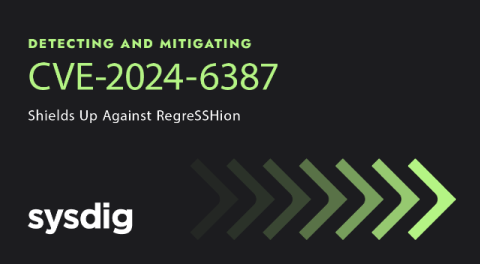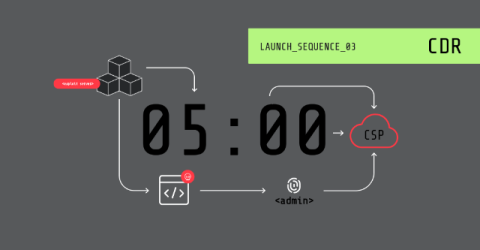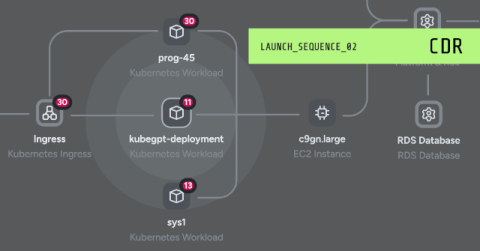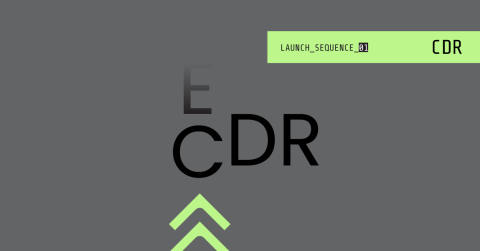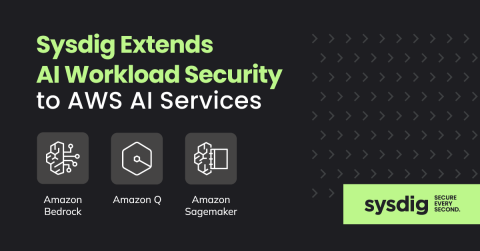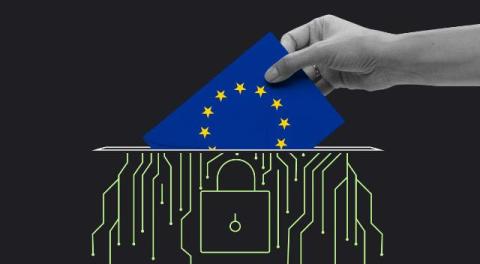CVE-2024-6387 - Shields Up Against RegreSSHion
On July 1st, the Qualys’s security team announced CVE-2024-6387, a remotely exploitable vulnerability in the OpenSSH server. This critical vulnerability is nicknamed “regreSSHion” because the root cause is an accidental removal of code that fixed a much earlier vulnerability CVE-2006-5051 back in 2006. The race condition affects the default configuration of sshd (the daemon program for SSH).


